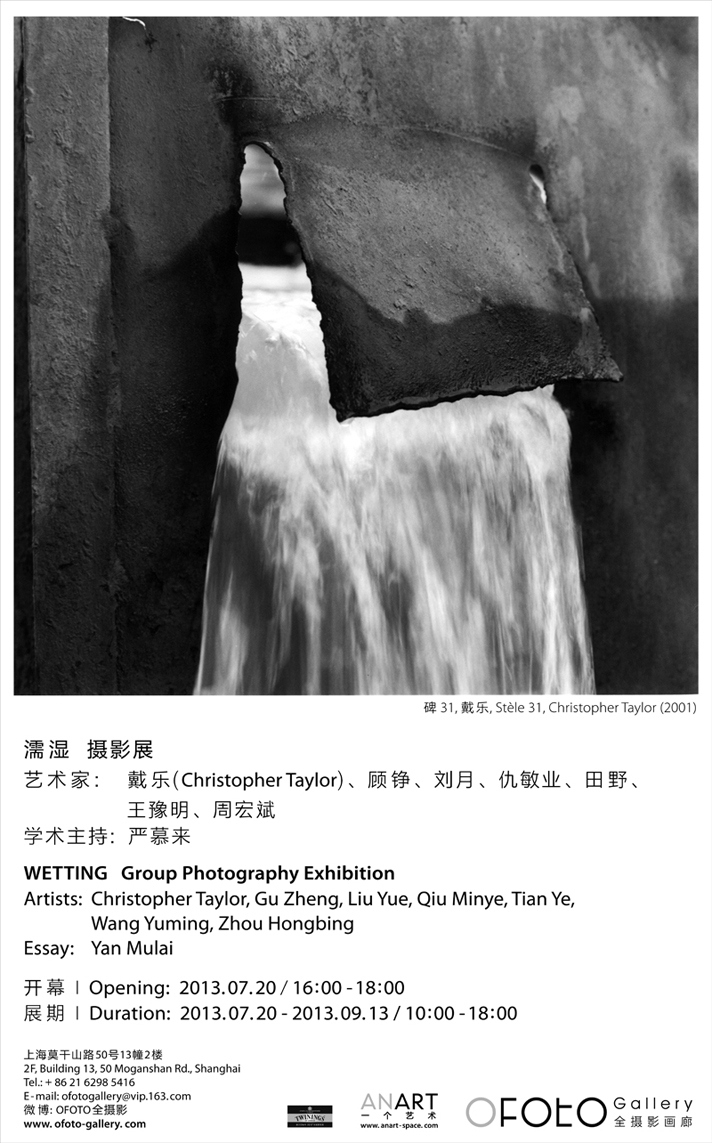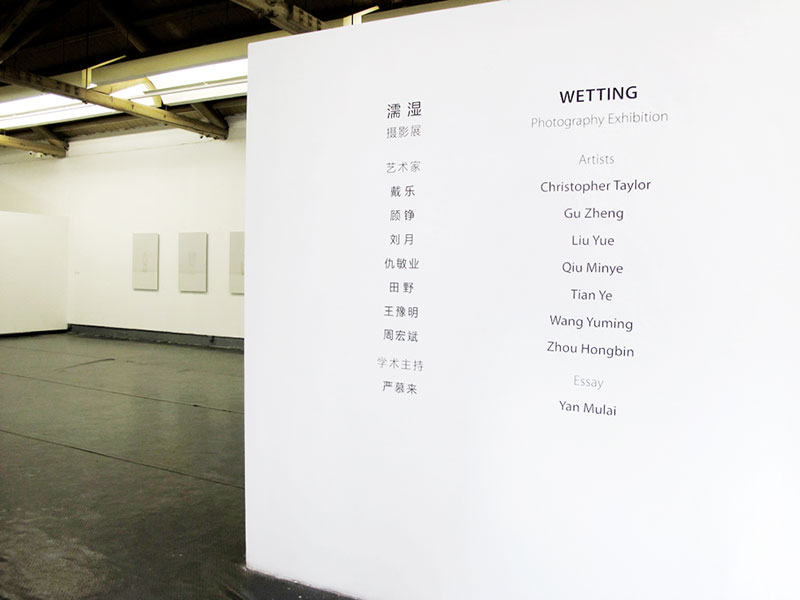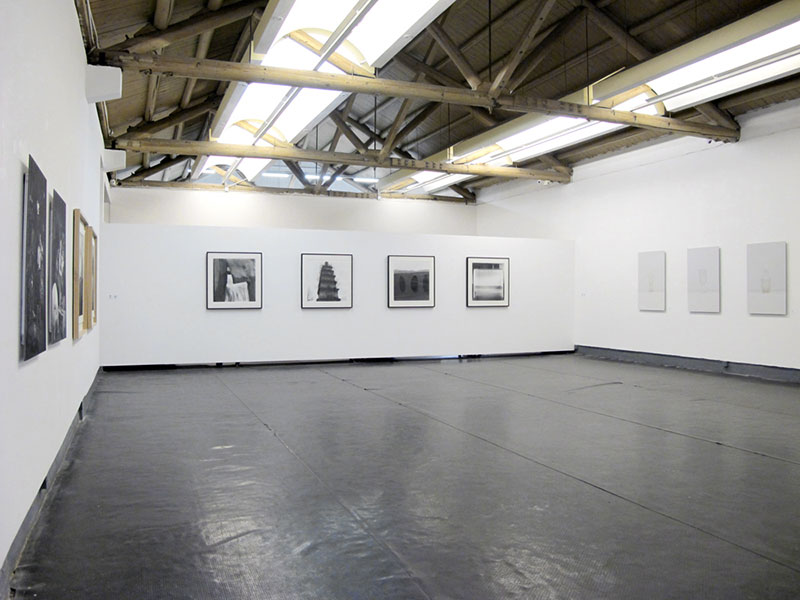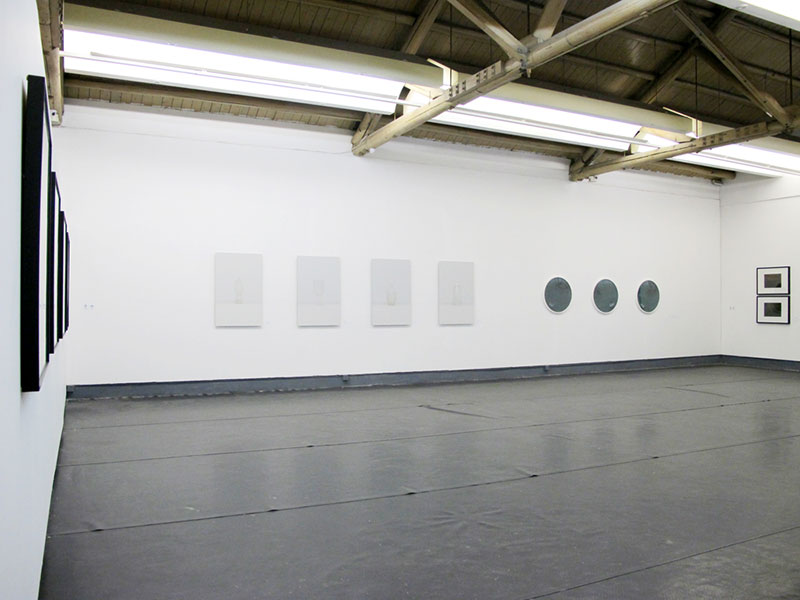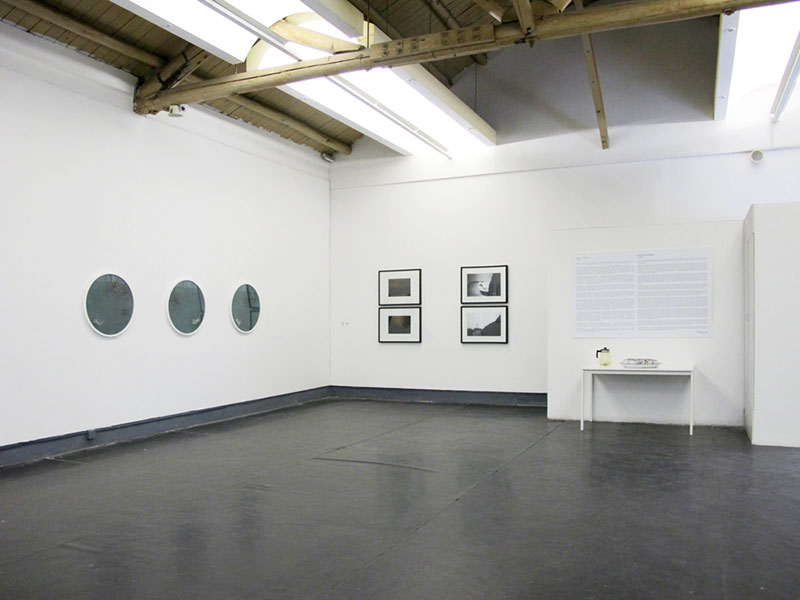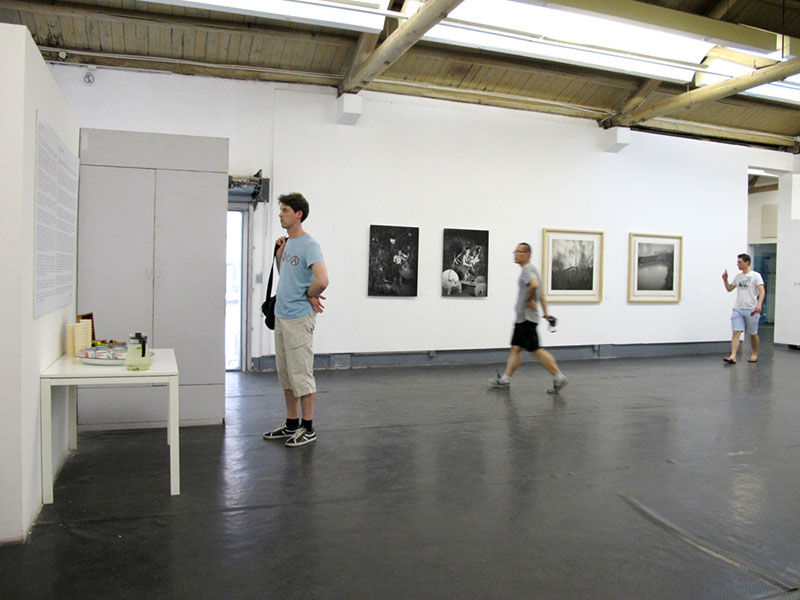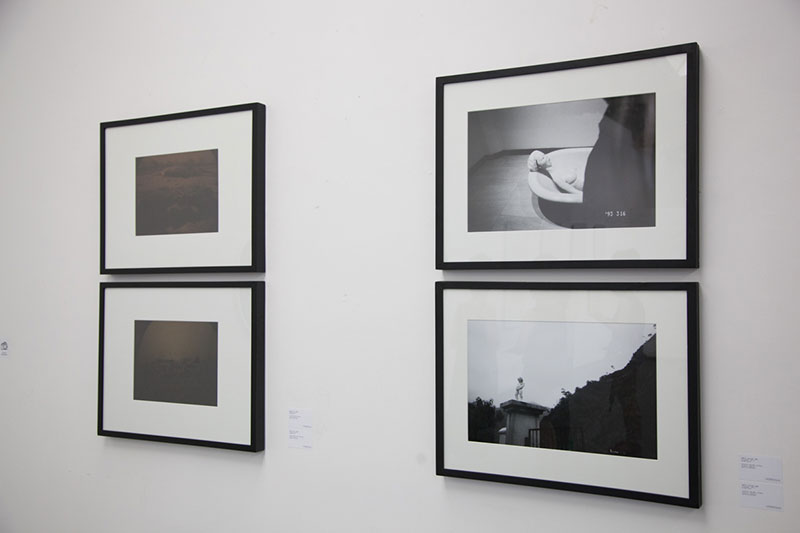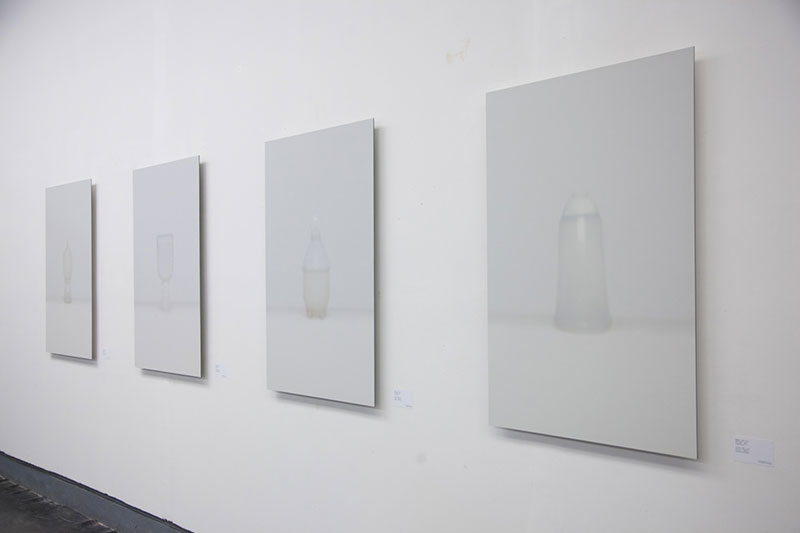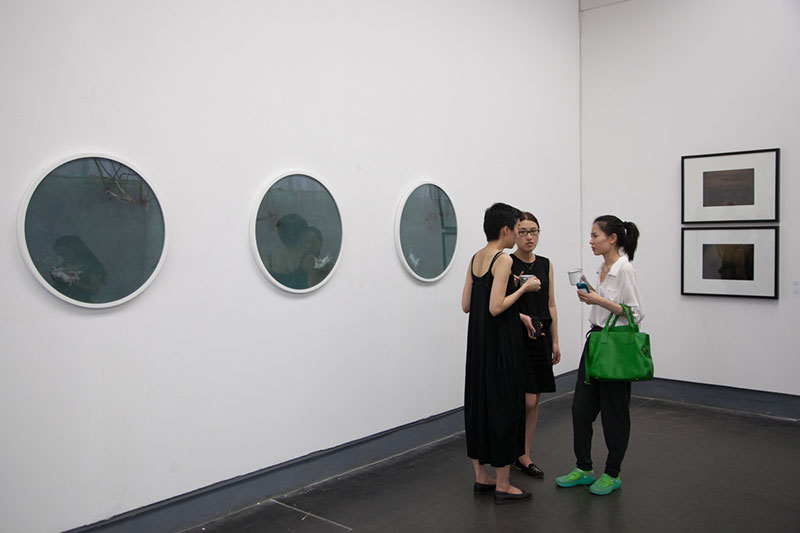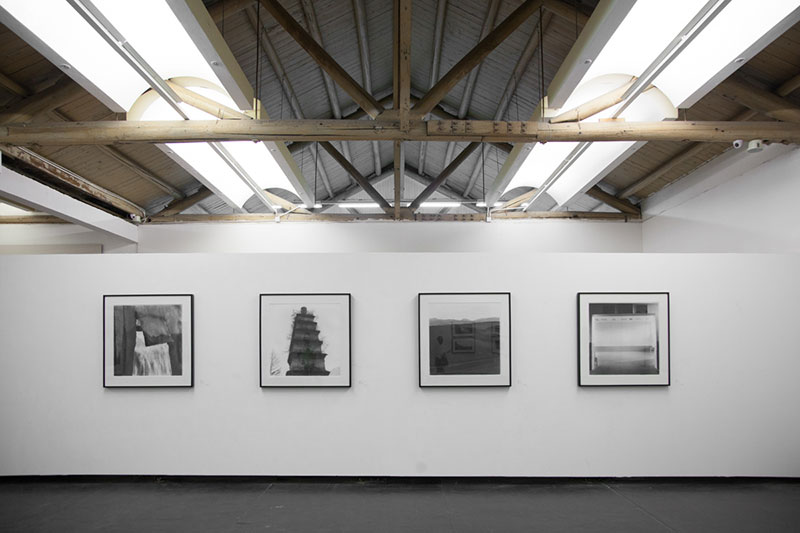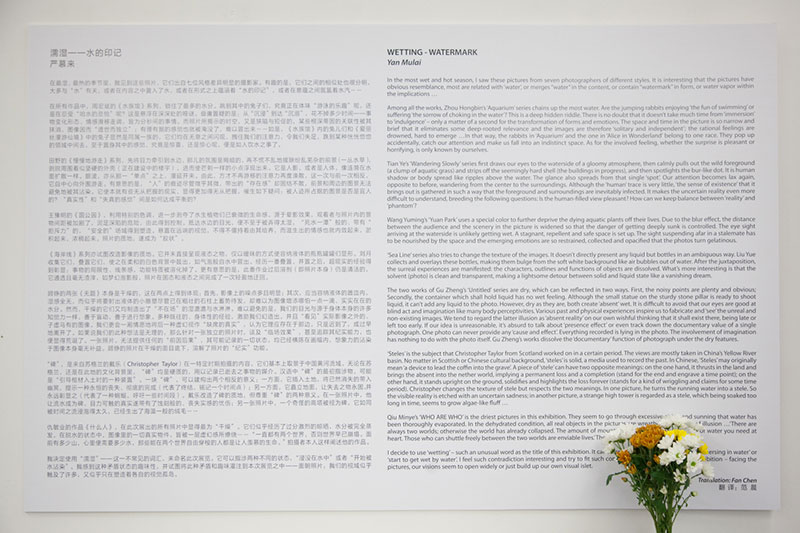Wetting - Watermark
by Yan Mulai
In the most wet and hot season, I saw these pictures from seven photographers of different styles. It is interesting that the pictures have obvious resemblance, most are related with "water", or merges "water" in the content, or contain "watermark" in form, or water vapor within the implications …
Among all the works, Zhou Hongbin"s "Aquarium" series chains up the most water. Are the jumping rabbits enjoying "the fun of swimming" or suffering "the sorrow of choking in the water" ? This is a deep hidden riddle. There is no doubt that it doesn"t take much time from "immersion" to "indulgence" - only a matter of a second for the transformation of forms and emotions. The space and time in the picture is so narrow and brief that it eliminates some deep-rooted relevance and the images are therefore "solitary and independent"; the rational feelings are drowned, hard to emerge …In that way, the rabbits in "Aquarium" and the one in "Alice in Wonderland" belong to one race. They pop up accidentally, catch our attention and make us fall into an indistinct space. As for the involved feeling, whether the surprise is pleasant or horrifying, is only known by ourselves.
Tian Ye"s "Wandering Slowly" series first draws our eyes to the waterside of a gloomy atmosphere, then calmly pulls out the wild foreground (a clump of aquatic grass) and strips off the seemingly hard shell (the buildings in progress), and then spotlights the bur-like dot. It is human shadow or body spread like ripples above the water. The glance also spreads from that single "spot". Our attention becomes lax again, opposite to before, wandering from the center to the surroundings. Although the "human" trace is very little, "the sense of existence" that it brings out is gathered in such a way that the foreground and surroundings are inevitably infected. It makes the uncertain reality even more difficult to understand, breeding the following questions: Is the human-filled view pleasant? How can we keep balance between "reality" and "phantom"?
Wang Yuming"s "Yuan Park" uses a special color to further deprive the dying aquatic plants off their lives. Due to the blur effect, the distance between the audience and the scenery in the picture is widened so that the danger of getting deeply sunk is controlled. The eye sight arriving at the waterside is unlikely getting wet. A stagnant, repellent and safe space is set up. The sight suspending afar in a stalemate has to be nourished by the space and the emerging emotions are so restrained, collected and opacified that the photos turn gelatinous.
"Sea Line" series also tries to change the texture of the images. It doesn"t directly present any liquid but bottles in an ambiguous way. Liu Yue collects and overlays these bottles, making them bulge from the soft white background like air bubbles out of water. After the juxtaposition, the surreal experiences are manifested: the characters, outlines and functions of objects are dissolved. What"s more interesting is that the solvent (photo) is clean and transparent, making a lightsome detour between solid and liquid state like a vanishing dream.
The two works of Gu Zheng"s "Untitled" series are dry, which can be reflected in two ways. First, the noisy points are plenty and obvious; Secondly, the container which shall hold liquid has no wet feeling. Although the small statue on the sturdy stone pillar is ready to shoot liquid, it can’t add any liquid to the photo. However, dry as they are, both create "absent" wet. It is difficult to avoid that our eyes are good at blind act and imagination like many body perceptivities. Various past and physical experiences inspire us to fabricate and "see" the unreal and non-existing images. We tend to regard the latter illusion as "absent reality" on our own wishful thinking that it shall exist there, being late or left too early. If our idea is unreasonable, it"s absurd to talk about "presence effect" or even track down the documentary value of a single photograph. One photo can never provide any "cause and effect". Everything recorded is lying in the photo. The involvement of imagination has nothing to do with the photo itself. Gu Zheng"s works dissolve the "documentary" function of photograph under the dry features.
"Steles" is the subject that Christopher Taylor from Britain worked on in a certain period. The views are mostly taken in China"s Yellow River basin. No matter in British or Chinese cultural background, "steles" is solid, a media used to record the past. In Chinese, "Steles" may originally mean "a device to lead the coffin into the grave". A piece of "stele" can have two opposite meanings: on the one hand, it thrusts in the land and brings the absent into the nether world, implying a permanent loss and a completion (stand for the end and engrave a time point); on the other hand, it stands upright on the ground, solidifies and highlights the loss forever (stands for a kind of wriggling and claims for some time period). Christopher changes the texture of stele but respects the two meanings. In one picture, he turns the running water into a stele. So the visible reality is etched with an uncertain sadness; in another picture, a strange high tower is regarded as a stele, which being soaked too long in time, seems to grow algae-like fluff...
Qiu Minye"s "WHO ARE WHO" is the driest pictures in this exhibition. They seem to go through excessive airing and sunning that water has been thoroughly evaporated. In the dehydrated condition, all real objects in the pictures are wreathed by a sense of illusion … "There are always two worlds; otherwise the world has already collapsed. The amount of mountains in front decides the much of water you need at heart. Those who can shuttle freely between the two worlds are enviable lives." The artist explains his works.
I decide to use "wetting" - such an unusual word as the title of this exhibition. It can refer to two different conditions: "immersing in water" or "start to get wet by water". I feel such contradiction interesting and try to fit such contradiction and interest in the exhibition - facing the pictures, our visions seem to open widely or just build up our own visual islet.
Translation: Fan Chen
翻 译:范 晨
